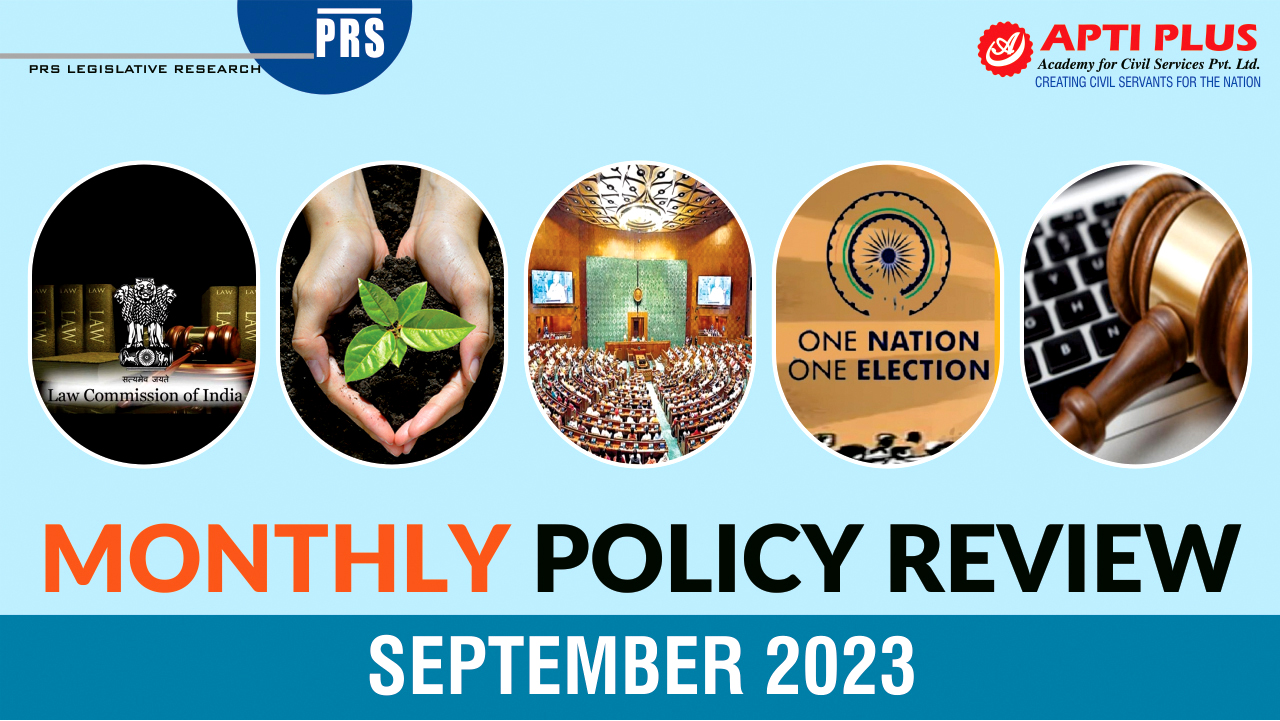Description

Disclaimer: Copyright infringement not intended.
Context
- A video supposedly showing an Indian actress has ignited a firestorm of controversy on the internet.
- What initially appears as genuine is, in fact, a ‘deepfake’ of the actress.
- Responding to the video, the Union Minister for Electronics & Technology, said that deep fakes are the latest and a “more dangerous and damaging form of misinformation” that need to be dealt with by social media platforms.
- He also cited the legal obligations of social media platforms and IT rules pertaining to digital deception.
Details
Introduction to Deepfake Technology
- Deepfake technology, a portmanteau of "deep learning" and "fake," refers to the use of artificial intelligence (AI) and machine learning to create or manipulate audio and visual content to generate realistic but fabricated media.
- While initially popularized for entertainment purposes, deepfake technology has raised concerns due to its potential misuse, posing significant challenges to various aspects of society.
Understanding the Mechanism of Deepfake Creation
- Deep Learning Algorithms: Deepfake technology employs sophisticated deep learning algorithms, particularly Generative Adversarial Networks (GANs) and autoencoder models, to analyze and synthesize realistic human faces, voices, and gestures.
- Data Training and Mimicry: By analyzing large datasets of images and videos, deepfake algorithms learn to mimic facial expressions, speech patterns, and other human characteristics, enabling the creation of convincing and deceptive digital content.

Applications and Implications of Deepfake Technology
- Entertainment Industry: Deepfake technology has found applications in the entertainment industry, enabling the creation of engaging visual effects, digital doubles, and realistic character animations in movies and video games.
- Social Media and Misinformation: The proliferation of deepfake content on social media platforms has amplified concerns about the spread of misinformation, as manipulated videos and audio recordings can deceive the public and influence public opinion.
- Cybersecurity Threats: Deepfakes pose significant cybersecurity threats, as malicious actors can utilize this technology for identity theft, impersonation, and fraud, jeopardizing the security and privacy of individuals and organizations.
- Political Manipulation and Disinformation: The potential use of deepfake technology for political manipulation and disinformation campaigns raises concerns about the integrity of democratic processes and public trust in political institutions.
Ethical and Legal Implications of Deepfake Technology
- Privacy and Consent: Deepfake technology raises critical questions about privacy and consent, especially concerning the use of individuals' images and voices without their explicit permission.
- Identity Theft and Fraud: The potential for identity theft and fraud through the creation of convincing fake identities using deepfake technology necessitates robust legal frameworks to deter and penalize such malicious activities.
- Impacts on Journalism and Media Integrity: Deepfakes have the potential to undermine the credibility of journalistic content and media integrity, challenging the authenticity and trustworthiness of audiovisual evidence.
- Regulatory Challenges: Addressing the ethical and legal implications of deepfake technology requires the formulation of comprehensive regulatory frameworks that balance innovation and freedom of expression with the protection of individuals' rights and societal integrity.
Mitigating Risks and Ensuring Responsible Use
- Technological Solutions: Developing advanced deepfake detection tools and authentication mechanisms can help identify and mitigate the risks associated with the spread of deceptive content.
- Public Awareness and Education: Promoting digital literacy and raising public awareness about the existence and potential impact of deepfakes are crucial steps in fostering a vigilant and informed society.
- Collaborative Efforts and Policy Development: Collaborative efforts between technology companies, policymakers, and research institutions are essential for the development of robust policies and regulations that address the challenges posed by deepfake technology while preserving the benefits of technological innovation.
India's Current Stand on Deepfakes
- Existing Laws: India relies on pre-existing laws, such as Sections 67 and 67A of the Information Technology Act (2000), which may be applicable to some aspects of deepfakes, including defamation and explicit material dissemination.
- Defamation Provision: Section 500 of the Indian Penal Code (1860) offers punishment for defamation, which can be applied in cases involving deepfakes.
- Personal Data Protection Bill (2022): Although this bill might provide some protection against the misuse of personal data, it doesn't explicitly address the issue of deepfakes.
- Lack of Comprehensive Legal Framework: India lacks a comprehensive legal framework dedicated to regulating deepfakes, despite their potential implications for privacy, social stability, national security, and democracy.
International Efforts
- European Union (EU): In 2022, the EU updated its Code of Practice on Disinformation, which was initially introduced in 2018, with the intention of countering the spread of disinformation through deepfakes.
- United States (U.S.): The U.S. has introduced the bipartisan Deepfake Task Force Act, designed to support the Department of Homeland Security (DHS) in combatting the adverse effects of deepfake technology.
- China: China has implemented comprehensive regulations on deep synthesis, effective from January 2023, with a focus on curbing disinformation. These regulations emphasize clear labeling and traceability of deep synthesis content, mandatory consent from individuals, adherence to laws and public morals, establishment of review mechanisms by service providers, and cooperation with authorities.

Conclusion
The rapid advancements in deepfake technology necessitate proactive measures to address the ethical, legal, and societal challenges associated with its proliferation. By fostering responsible use, promoting digital literacy, and establishing comprehensive regulatory frameworks, societies can harness the benefits of AI while safeguarding against the potential harms posed by the misuse of deepfake technology.
|
PRACTICE QUESTION
Q. Analyze the ethical and legal challenges associated with the proliferation of deepfake content, and propose effective strategies for mitigating the risks and ensuring responsible use of this technology in the digital landscape. (250 Words)
|











